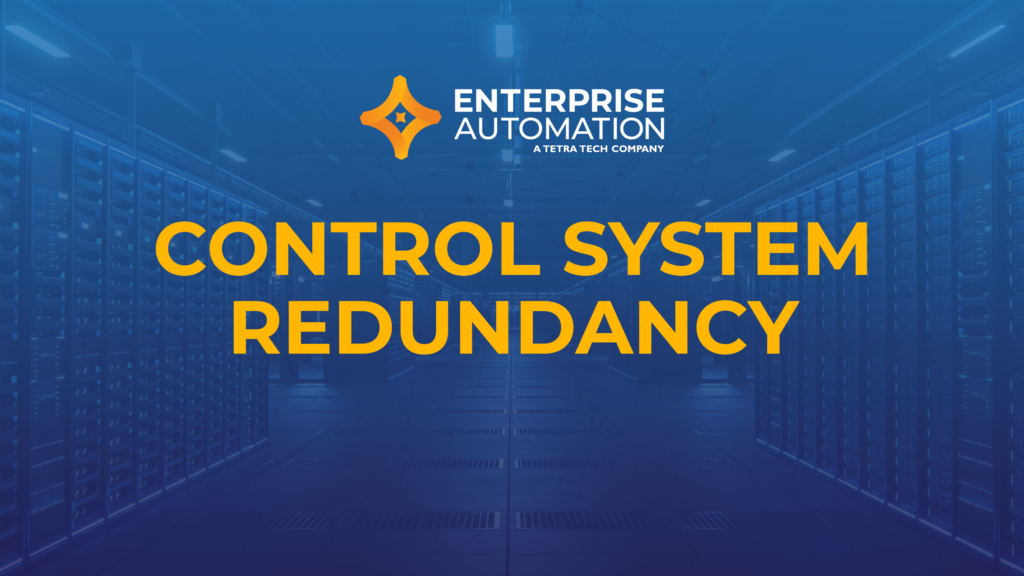Redundancy Pay If Company Goes Bust: Comprehending Your Entitlements in the UK
Redundancy Pay If Company Goes Bust: Comprehending Your Entitlements in the UK
Blog Article
Checking Out the Operational Dynamics of Firm Redundancy and Its Long-Term Sustainability

Redundancy Approaches for Organization Continuity
In order to make sure continuous procedures, businesses need to execute effective redundancy methods for business continuity. Redundancy in this context refers to the replication of important parts or functions within a system to reduce the effect of potential failings. By including redundancy approaches, organizations can enhance their strength against disruptions brought on by numerous variables such as natural catastrophes, tools failures, or cyber-attacks.
One typical redundancy approach is the implementation of backup systems and data storage remedies. This includes producing matches of important data and systems that can be turned on in situation of a key system failing. Additionally, organizations can develop repetitive interaction networks and source of power to preserve connection and operations during unexpected events.
In addition, cross-training employees to perform multiple duties within the company can work as an important redundancy technique. If vital employees are unavailable due to ailment or various other reasons, this guarantees that essential jobs can still be brought out also. Overall, reliable redundancy approaches are crucial for services to support operational continuity and minimize the influence of prospective disruptions.
Impact of Redundancy on Organizational Durability
Given the essential function redundancy strategies play in making sure business continuity, discovering the influence of redundancy on business strength ends up being critical for recognizing the alternative functional characteristics of a firm. Redundancy, when strategically carried out, can dramatically contribute to enhancing an organization's strength in the face of unexpected challenges.
Additionally, redundancy can cultivate advancement and imagination within a company as workers feel empowered to take computed risks, understanding that there is a safety web to support them in case of failing. Overall, the impact of redundancy on organizational resilience is extensive, forming the lasting sustainability and success of a business.
Stabilizing Performance and Versatility in Redundancy
Attaining an unified balance between functional effectiveness and flexible versatility is an essential challenge in the strategic release of redundancy within organizations. Reliable operations are essential for keeping productivity and cost-effectiveness, ensuring that sources are utilized check this ideally. Nonetheless, extreme focus on efficiency alone can bring about strength, making it tough for organizations to adapt to unpredicted changes or obstacles. On the other hand, versatility enables companies to respond nimbly to evolving conditions, fostering advancement and strength. Yet, also much flexibility without a strong functional structure can result in inefficiencies and incongruity.
To balance performance and flexibility in redundancy planning, companies have to carefully analyze their functional needs, market characteristics, and critical goals. Ultimately, locating the appropriate balance between performance and flexibility is critical for constructing a durable and sustainable company in the face of unpredictability.
Long-Term Sustainability Through Redundancy Preparation
To guarantee long-lasting viability and stability, companies must purposefully align their redundancy planning with long-term sustainability objectives, thereby balancing operational performance with adaptive adaptability. Long-term sustainability via redundancy planning entails greater than simply short-term cost-cutting procedures. It requires a comprehensive strategic technique that prepares for future challenges and chances. Business should see redundancy not as a responsive remedy to immediate troubles site link however as an aggressive strategy for long-term success. By integrating redundancy planning with sustainability goals, companies can develop a resilient structure that can endure numerous market variations and internal modifications.

Proactive Steps for Lasting Company Procedures
How can companies proactively boost their operational sustainability for long-lasting success? Carrying out positive steps is necessary for business intending to make certain sustainable operations.
Furthermore, promoting a society of constant enhancement and knowing within the organization can boost more information adaptability to altering market problems and consumer demands. Encouraging employee involvement in decision-making procedures and supplying chances for professional growth can enhance spirits, efficiency, and overall efficiency. Establishing clear objectives, keeping an eye on essential efficiency signs, and on a regular basis assessing progression are vital components of positive sustainability administration.
Teaming up with vendors, clients, and various other stakeholders to promote lasting practices throughout the supply chain can produce a causal sequence of positive influence - redundancy pay if company goes bust. By taking proactive steps towards functional sustainability, companies can develop resilience, drive technology, and protect their lasting success in an ever-evolving service landscape
Conclusion

In the realm of business management, the critical implementation of firm redundancy stands as a pivotal yet intricate technique that demands a delicate equilibrium in between operational performance and long-lasting viability. By exploring the functional dynamics that underpin company redundancy and reviewing its wider effects for organizational resilience and versatility, a nuanced understanding of just how redundancy techniques can form the future trajectory of a company starts to unfold.Offered the important role redundancy techniques play in ensuring company connection, exploring the influence of redundancy on business resilience ends up being critical for recognizing the all natural operational dynamics of a business. Generally, the influence of redundancy on organizational durability is extensive, forming the lasting sustainability and success of a company.
In conclusion, comprehending the functional characteristics of firm redundancy is important for making certain long-lasting sustainability.
Report this page